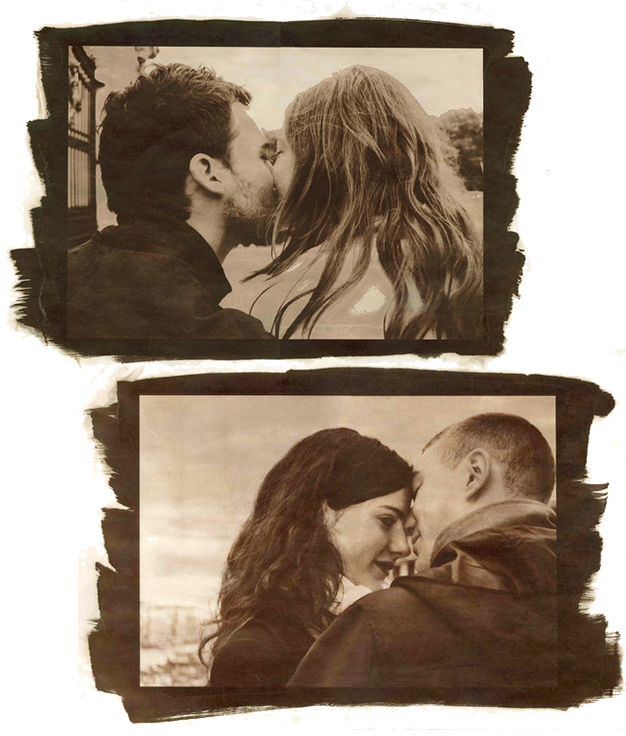Classical photograph
“Sweet ~ Bitter”
Processed by Kumiko Wakabayashi with handmade Van Dyke Brown Print
What is a Van Dyke Print?
Van Dyke Print is a technique named for Anthony van Dyke the 17th century court painter. It is characterized by its sepia tone, which is called Van Dyke Brown.
The printing starts with coating photographic paper with chemicals containing silver nitrate, use negative and expose it to UV light on the printing paper, and rinse the paper in water, then make it fix and completely dry. These processes are all done by hand. The distinctive feature is sepia-toned brown color which is in the result of silver in chemicals.
In my work, I use Japanese ‘washi’ paper as a printing medium, and everything is processed by hand.
Because of the hand-processing, the brush marks are never the same, and no two prints are identical. This results in a unique art object. As a final procedure, I attach pure gold leaf to the finished print, further increasing its uniqueness and originality.
What is Collodion Wet Plate Process?
Collodion Wet Plate is a photographic process invented in England in 1851 by Frederick Scott Archer. The process involves saturating iodide compounds with collodion, producing a silver nitrate emulsion. The emulsion is poured onto the surface of the plate, which is then ready to be used to make an exposure. Unlike modern panchromatic negative films, the wet collodion process is sensitive only to light in the blue/indigo/violet part of spectrum; the photographer can use this limitation to make surprising images. There is no way to pre-prepare a collodion wet plate; nor any way to store it in between exposure and processing. This means that the plate must be prepared, exposed and processed in about a ten-minute time frame. The image is developed with iron-1 sulfate, and finalized with sodium thiosulfate to make a negative. This means that many positive prints can be made in a variety of ways: using modern polyester paper or, as we do here, onto hand-made fiber paper. This process was used to make the very famous prints of Ryoma Sakamoto leaning on a table, and Theodore Roosevelt.

“Fantasy” processed by Kumiko Wakabayashi with collodion wet plate

